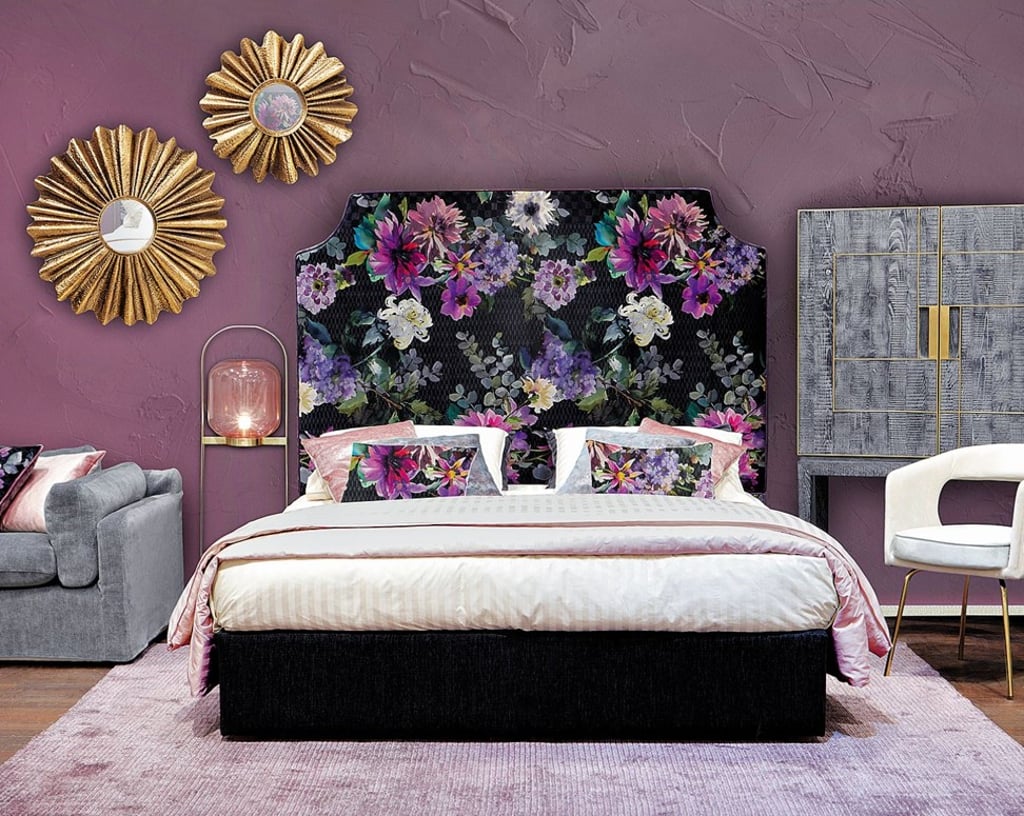How the ancient Japanese philosophy of wabi-sabi inspires today’s trends for sustainability and upcycling in interior design

Why accepting imperfection and impermanence – as the ancient Japanese world view of wabi-sabi teaches – chimes with contemporary ideals for natural, renewable materials and multifunctional designs
Furniture and knick-knacks add to the comfort of your home, and offer a way for your personality to shine through.
Leading industry insiders share their observations on the latest interior trends, as well as simple ways you can score the latest looks by adding a few basic pieces to your living space.
Not only does this [wabi-sabi] trend tell us to work with natural, renewable materials, but it also encourages us to take on a less-is-more approach, let go of material wants, and appreciate the things we already have
In its latest seasonal interiors forecast, Lane Crawford has spied some overarching trends in functionality, materiality, colours and styles. Tracy Kwan, director of lifestyle, sees this as a result of spaces becoming blurred. “We live, work and play in the same space, and that’s often a smaller space, so our furniture needs to reflect that through being multifunctional,” she says.
In materiality, as well as technical innovation, Kwan notes a continuing appreciation of classic and natural materials, with lasting high-quality pieces the stand-outs.
“Conspicuous and responsible practices are having an impact as well: many materials are partly recycled, recyclable, or simply long-lasting,” she says.
Kate Babington, managing director of Tree, agrees. “With education programmes [particularly in schools], increased media exposure and advancement in technology, people now have a better understanding and awareness of the global impact we have on our environment, which in turn has caused consumer trends to shift towards more sustainable, eco-conscious products and practices,” she says.
This movement is also reflected in trends such as wabi sabi, an age-old Japanese philosophy that encourages us to embrace all things imperfect and impermanent, Babington continues. “Not only does this trend tell us to work with natural, renewable materials, but it also encourages us to take on a less-is-more approach, let go of material wants, and appreciate the things we already have.”
In tandem with the upcycling trend, more and more textiles are being made from plant and fruit fibre – like hemp, coffee grounds, pineapple and banana – which Babington says are “incredibly durable” and sustainable alternatives.
“Today’s leading designers are keen on incorporating renewable resources and eco-friendly practices into their work, but without having to compromise on their values and aesthetic,” she says.

